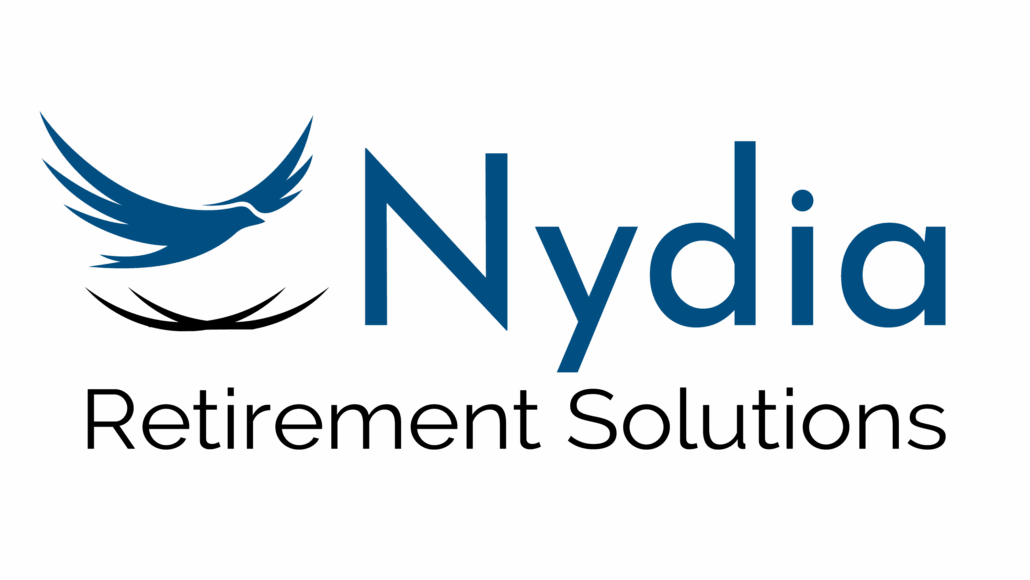Defined Benefit Plan vs. Qualified Benefit Plan vs. Pension Plan: What’s the Difference?
Retirement plan terminology can be confusing, even for business leaders who already sponsor a 401(k) or other benefit program. Terms like “defined benefit,” “qualified benefit,” and “pension plan” are often used interchangeably, but in reality, they refer to distinct concepts with important differences.
Understanding these distinctions is essential for employers, executives, and plan sponsors who want to select the right structure for their organization.
What Is a Defined Benefit Plan?
A Defined Benefit (DB) Plan promises participants a specific retirement benefit, typically expressed as a formula based on salary, years of service, and age. Unlike defined contribution plans (such as a 401(k)), the employer bears the responsibility for funding the plan and managing investment risk.
- Funding: Employers make annual contributions, determined by actuarial calculations, to ensure the plan is sufficiently funded to meet future obligations.
- Predictability: Employees know what benefit they will receive at retirement, regardless of market performance.
- Flexibility for owners: DB plans can allow high annual contributions, creating significant tax deductions while accelerating retirement savings.
Use case: Often chosen by professional practices, closely held businesses, or mid-to-large companies that want to provide guaranteed retirement income and leverage tax savings.
What Is a Qualified Benefit Plan?
A Qualified Plan is a broader legal category defined under the Employee Retirement Income Security Act (ERISA) and the Internal Revenue Code. Both 401(k) plans and Defined Benefit plans can be “qualified” if they meet IRS requirements.
Key requirements for a plan to be “qualified” include:
- Nondiscrimination rules: Plans must fairly cover employees and not unduly favor owners or highly compensated employees.
- Contribution limits: IRS sets annual limits on employee deferrals and employer contributions.
- Vesting rules: Participants earn rights to employer contributions over time, following set schedules.
- Tax treatment: Employee contributions are tax-deferred (or Roth, if after-tax), and employer contributions are deductible.
In other words: “Qualified plan” is not a type of plan, but a regulatory designation. A plan is qualified if it meets IRS and ERISA rules for favorable tax treatment.
What Is a Pension Plan?
The term Pension Plan is often used broadly to describe retirement programs, but technically, it refers to employer-funded plans that provide guaranteed income in retirement, most commonly, Defined Benefit Plans.
- Traditional pensions: These are the retirement programs many people associate with large corporations or public sector employers, where the company promises a monthly income for life.
- Modern use: In today’s marketplace, pensions are less common in the private sector but remain prevalent in government and union environments. Employers in the private sector sometimes use the term “pension” loosely to refer to retirement plans in general, which can cause confusion.
Clarification: All traditional pensions are defined benefit plans, but not all defined benefit plans are what most people think of as pensions.
| Term | Definition | Who Bears Investment Risk | Example | Key Advantage |
|---|---|---|---|---|
| Defined Benefit Plan | Specific, formula-driven retirement benefit with impactful tax advantages. | Employer | Cash Balance Plan | Predictable income, tax savings, & high owner contributions |
| Qualified Benefit Plan | Any benefit plan that meets IRS/ERISA rules | Varies (employer in DB, employee in DC) | 401(k), Profit-Sharing, DB Plan | Tax advantages & compliance status |
| Pension Plan | Traditional employer-funded retirement income plan | Employer | State teacher pension plan | Guaranteed income for life |
Why the Distinction Matters for Employers
For business owners and executives, understanding these terms isn’t just academic, it drives decision-making around tax strategy, compliance, and employee retention.
- If your goal is tax efficiency and high owner contributions, a Defined Benefit Plan or Cash Balance Plan may be most effective.
- If you need flexibility and employee choice, a Qualified Defined Contribution Plan such as a 401(k) may be the right structure.
- If your workforce values certainty and predictability, a pension-style benefit can be attractive, but requires long-term funding commitments.
Complexity, simplified with the right RPC relationship
Defined Benefit Plans, Qualified Plans, and Pension Plans are related concepts, but they are not interchangeable. A Defined Benefit Plan is a specific type of retirement structure. A Qualified Plan is a regulatory designation that ensures favorable tax treatment. And a Pension Plan is the traditional term for an employer-funded program that guarantees retirement income.
For employers, choosing the right path comes down to strategy, balancing tax efficiency, workforce demographics, and long-term funding commitments.
At Nydia Retirement Solutions, we bring decades of actuarial and administrative expertise to help businesses understand these distinctions and design plans that deliver measurable results.



